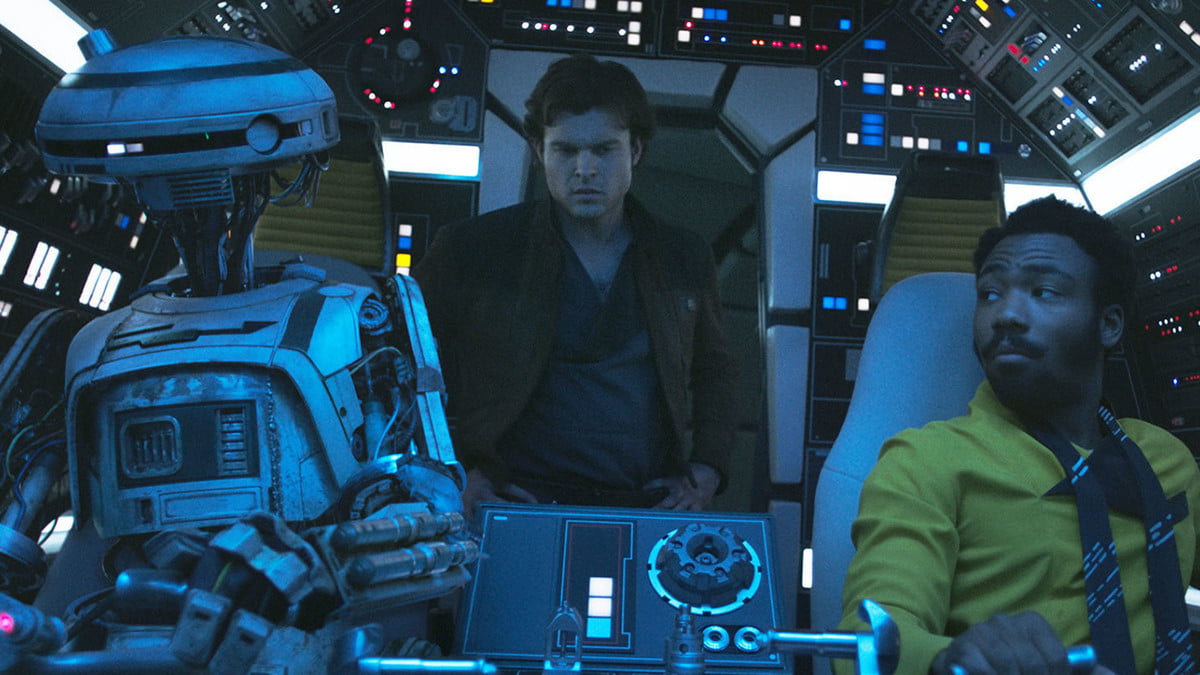File Under 2018 #68: Hereditary
/What it's about: Annie Graham [Toni Collette] is grieving the loss of her mother. They had a strained relationship, especially with her mother's deteriorating health in her final years. Annie is left putting the pieces back together with her husband [Gabriel Byrne] and two kids [Alex Wolff and Milly Shapiro], who are all dealing with the loss differently. Charlie was especially close to her grandmother; Peter has become increasingly disconnected emotionally. When even more tragedy befalls on the Grahams, Annie turns to a woman in her grief support group who teachers her how to perform a seance to communicated with dead loved ones. Once the ritual is successfully performed, Annie's already loosened grip on her psyche completely breaks and horrific forces threaten to tear the family apart.
Unorganized thoughts:
As I tried my best to avoid marketing or spoilers for Ari Aster's directorial debut Hereditary, I wasn't exactly sure what to expect. Obviously, I knew this was a horror film, one that was sufficiently freaking people out, but there wasn't much of an indication of what *kind* of horror film it was. Even as Hereditary begins revealing itself, it doesn't become clear. The extremely slow-burn tension builds and builds and builds until it finally breaks, playing with genre expectations.
As I mentioned in my review of the last breakthrough horror film, A Quiet Place, I always appreciate when horror films use sadness as a device and Hereditary uses sadness to extreme lengths. The grief surrounding the characters is thick and heavy. As the characters wade through their lives, the film is stuck in a slow-burn haze.
But is it scary? Yes, it is effectively creepy throughout. Follow-up question: Is this the scariest film in years as some are suggesting? I'm not going that far. But that's OK. Heredity builds in untraditional ways that make it much more compelling than a simple slasher or shocker.
When I knew what Hereditary was dealing with, following a specific tragedy, the dread turned my mind to imagine what was coming. The narrative set-up offers something extremely gruesome and strange for those with the imagination. Truthfully, it is this middle section of the film that is filled with the most horror, even as there isn't anything specifically horrific happening. The existential and realistic emotional responses set an unusual tone.
There are surprisingly few jump scares, which remains an easy tool for horror filmmakers to build and release the tension -- this makes sense as Hereditary doesn't really care to release the tension at all. Of course, the film plays with the expectation of jump scares, but instead uses the frame to slowly reveal horrors around the edges and in-and-out of focus. Aster's eye to set the frame and use camera movement reminds me of James Wan's work in The Conjuring films, though Hereditary has a more artistic look.
I can't praise Toni Collette's performance highly enough. She wears immense pain and fear on her ever-contorting face. I don't think I've seen a performance this tortured since Marilyn Burns in The Texas Chain Saw Massacre. But it isn't a stagnant performance, either, especially by the end of the film where the character's role in the family drama dramatically shifts.
And still, I found Alex Wolff as Peter to be the most fascinating character in the film. When tragedy hits him in a unique way, unlike his expressive mother, Peter locks up, escapes within himself, hoping the pain goes away if he can ignore it. From a distance, he is completely selfish and childish. No one would recommend his behavior as a healthy way to deal with his problems. Really, he acts completely irresponsibly. But it comes off as such a real impulse, captured so tenderly, that I couldn't help but relate to him.
The film's first seance scene, involving Annie and her support group friend [the great Ann Dowd], is experienced in a peculiar way. The moment is beautiful and warm from Joan's perspective, bewildering and unnatural for Annie. The rare quality of this scene was the first time I saw Heredity could do something much more interesting than the [albeit very successful] tone of doom and gloom.
This is also where the film begins to dive off into the deep end, leading to an insanely chaotic climax. It ultimately lands in a strangely humorous place that isn't seamless or entirely satisfying but is definitely bold. Some may even find it a bit silly, but I liked the change in pace. The darkly comedic conclusion reminds of a horror classic that I won't spoil as the narrative shifts a bit here.
There has been an impulse for many online to completely consider what happens in the crazy finale of Hereditary. I didn't feel compelled to do this at all. I was ultimately satisfied by taking in the images at face value and letting the basics of the narrative do their work. On the other hand, I can understand why some might be unsatisfied by the shift to a different horror subgenre and a more matter-of-fact force by the end.
Hereditary doesn't break new ground, but it uses a strange recipe of horror tropes and styles to create a thrilling, wonderfully acted, and incredibly tense ride. I particularly appreciated the way it shifts from a self-serious art horror picture to something a little weirder and, dare I say, a little more fun than expected.




















